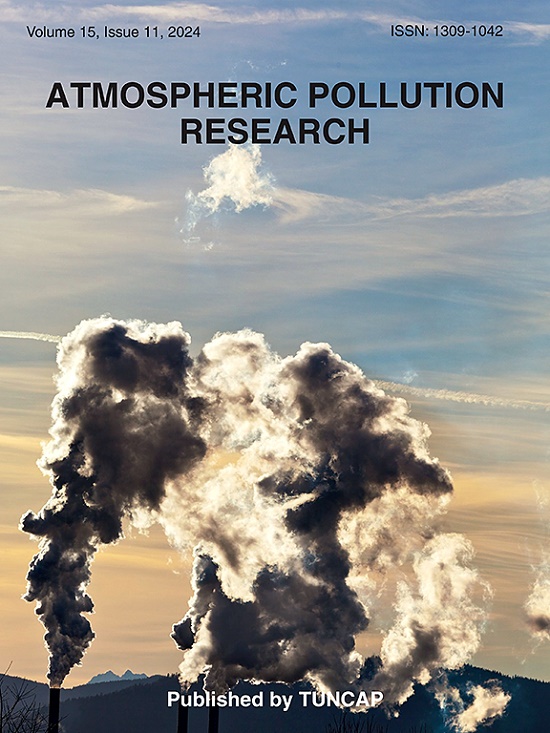Methodology development for high-resolution monitoring of emissions in urban road traffic systems
IF 3.5
3区 环境科学与生态学
Q2 ENVIRONMENTAL SCIENCES
引用次数: 0
Abstract
Transport sector is a major contributor to greenhouse gas (GHG) emissions and air pollution, especially in cities. Mitigating these emissions is crucial for both climate change and public health, but current emission quantification methodologies lack sufficient resolution at the urban level to apply efficient measures. This gap is addressed by developing a novel temporal and spatial high-resolution methodology to monitor traffic-related emissions based on real-time traffic data gathered from induction loops installed in road networks.
The methodology integrates vehicle fleet characteristics, emission factors, and traffic intensity to quantify street-level emissions per hour. This bottom-up approach allows for detailed monitoring of pollutants across specific locations and times.
Applied to Valencia, Spain, the methodology enabled the identification of emission hotspots and the detailed assessment of local mitigation strategies. As a case study, the impact of a newly implemented bike lane was analyzed, demonstrating the method's effectiveness in evaluating sustainable mobility measures and their influence on traffic emissions. This tool provides city planners and policymakers with a robust, data-driven framework to reduce urban emissions and enhance air quality.
城市道路交通系统排放高分辨率监测方法发展
交通运输部门是温室气体(GHG)排放和空气污染的主要来源,尤其是在城市。减少这些排放对气候变化和公共健康都至关重要,但目前的排放量化方法在城市一级缺乏足够的分辨率,无法采取有效措施。通过开发一种新的时间和空间高分辨率方法来监测与交通有关的排放,该方法基于从安装在道路网络中的感应环路收集的实时交通数据来解决这一差距。该方法综合了车辆特征、排放因素和交通强度,以量化每小时的街道排放量。这种自下而上的方法允许在特定地点和时间对污染物进行详细监测。将该方法应用于西班牙瓦伦西亚,能够确定排放热点并详细评估当地的缓解战略。以新建自行车道的影响为例,分析了该方法在评估可持续交通措施及其对交通排放影响方面的有效性。该工具为城市规划者和政策制定者提供了一个强大的数据驱动框架,以减少城市排放和改善空气质量。
本文章由计算机程序翻译,如有差异,请以英文原文为准。
求助全文
约1分钟内获得全文
求助全文
来源期刊

Atmospheric Pollution Research
ENVIRONMENTAL SCIENCES-
CiteScore
8.30
自引率
6.70%
发文量
256
审稿时长
36 days
期刊介绍:
Atmospheric Pollution Research (APR) is an international journal designed for the publication of articles on air pollution. Papers should present novel experimental results, theory and modeling of air pollution on local, regional, or global scales. Areas covered are research on inorganic, organic, and persistent organic air pollutants, air quality monitoring, air quality management, atmospheric dispersion and transport, air-surface (soil, water, and vegetation) exchange of pollutants, dry and wet deposition, indoor air quality, exposure assessment, health effects, satellite measurements, natural emissions, atmospheric chemistry, greenhouse gases, and effects on climate change.
 求助内容:
求助内容: 应助结果提醒方式:
应助结果提醒方式:


